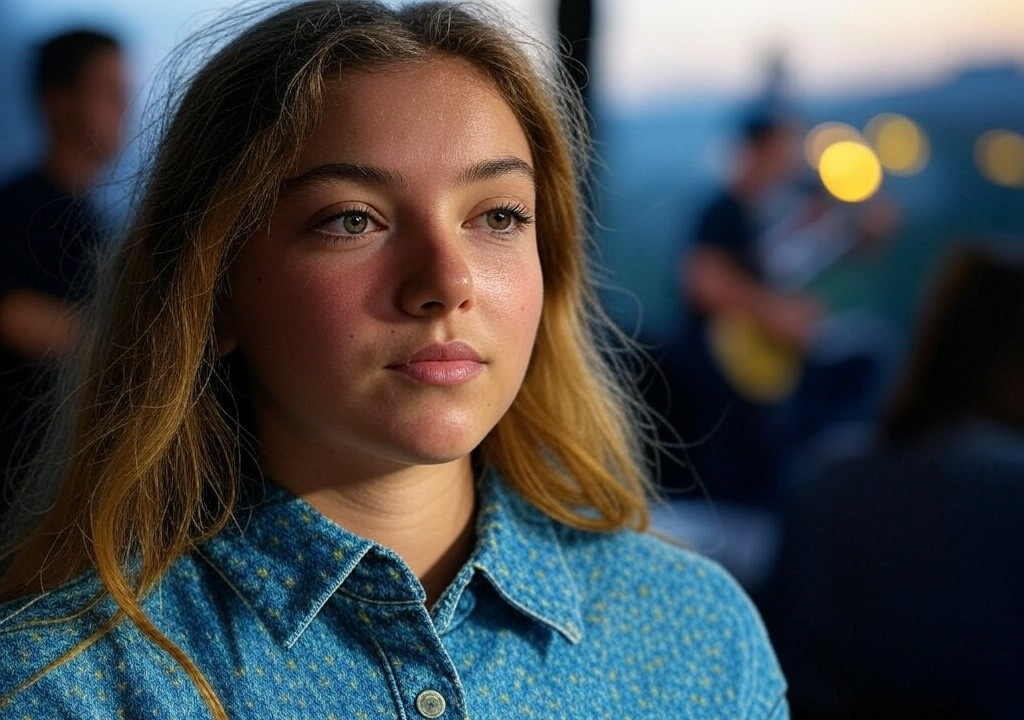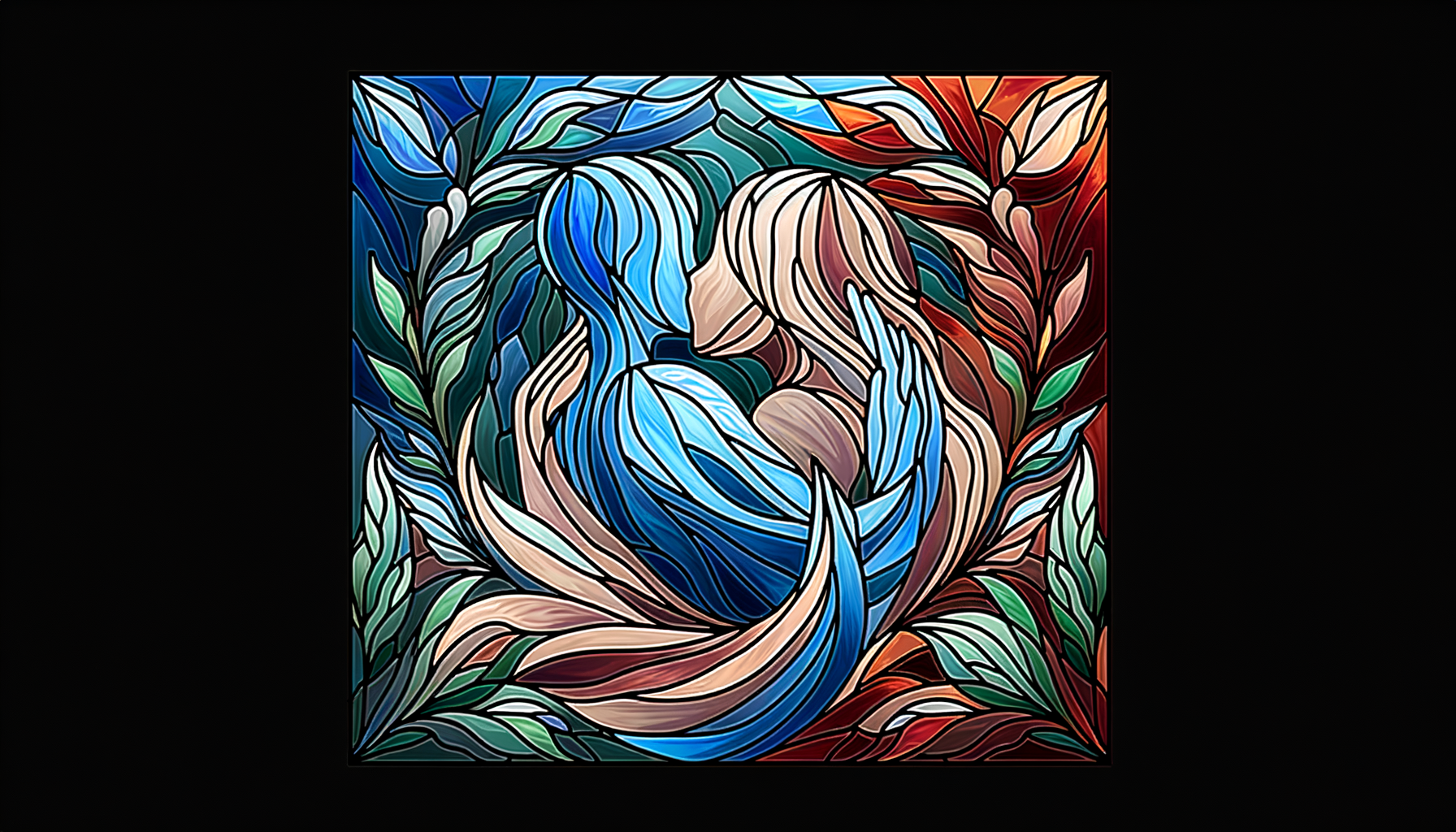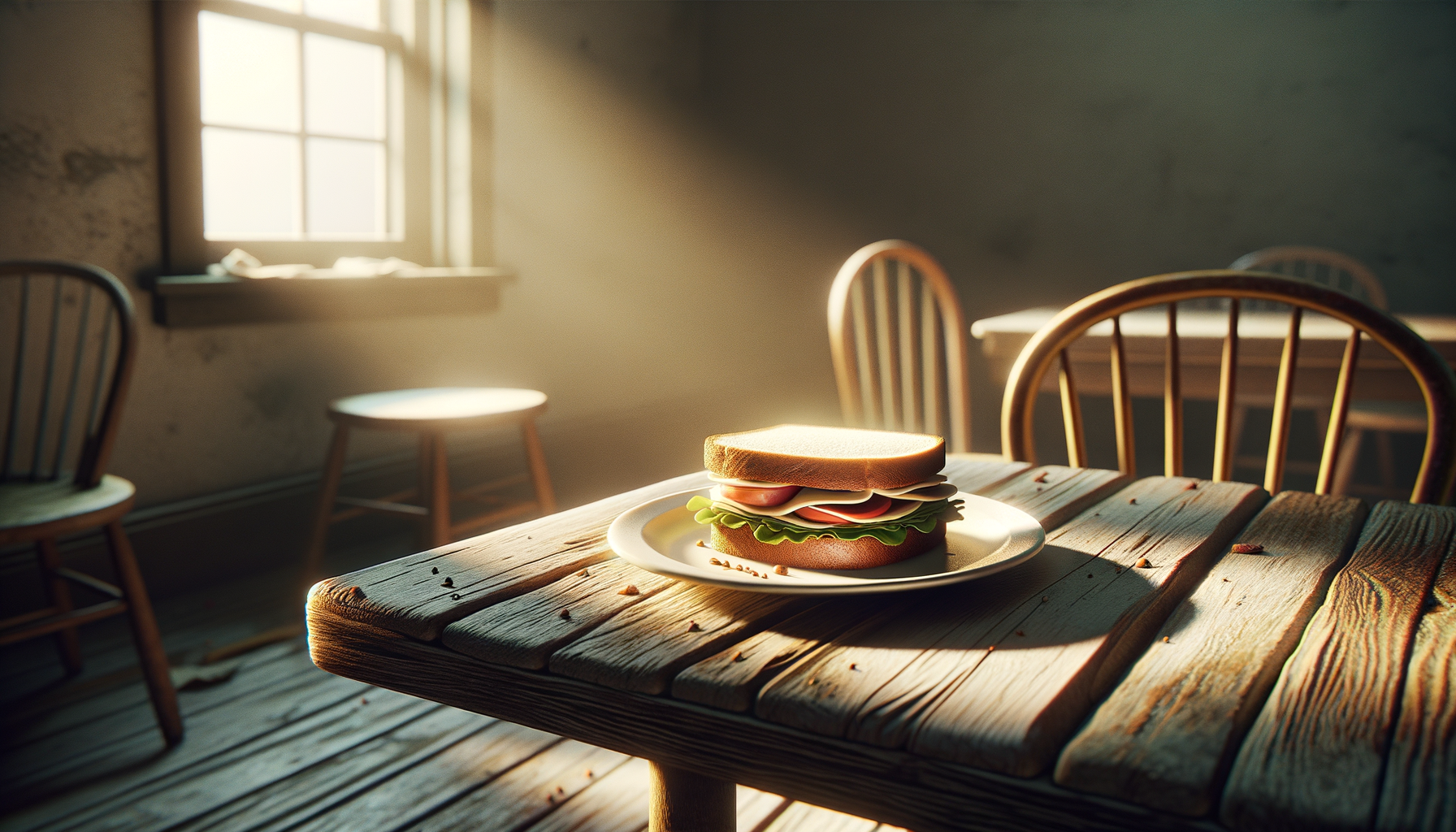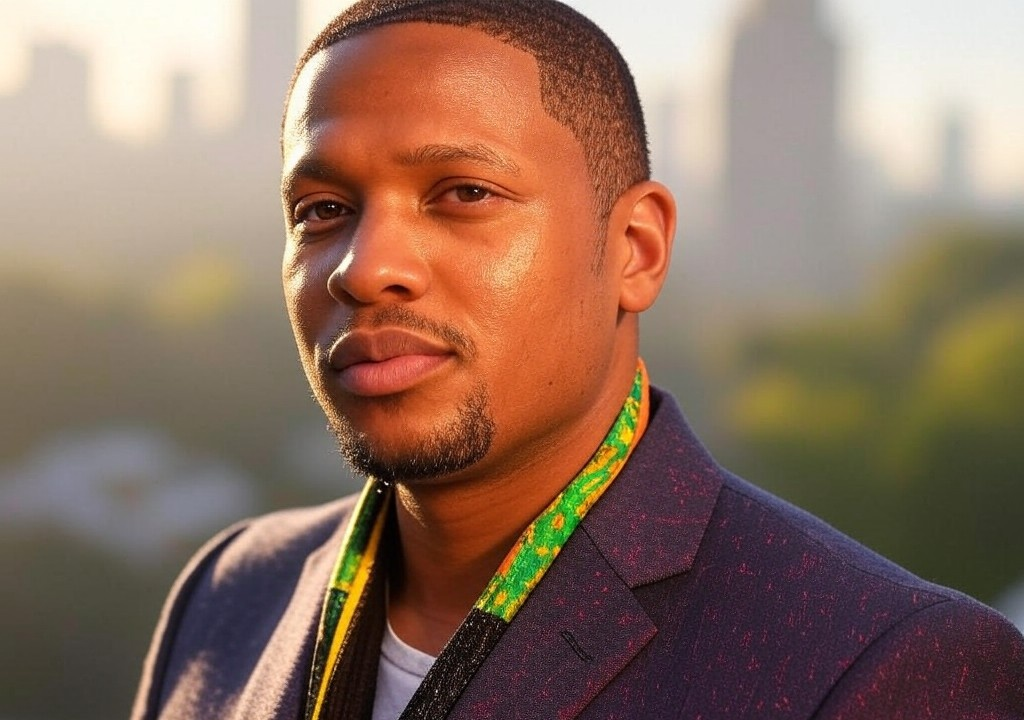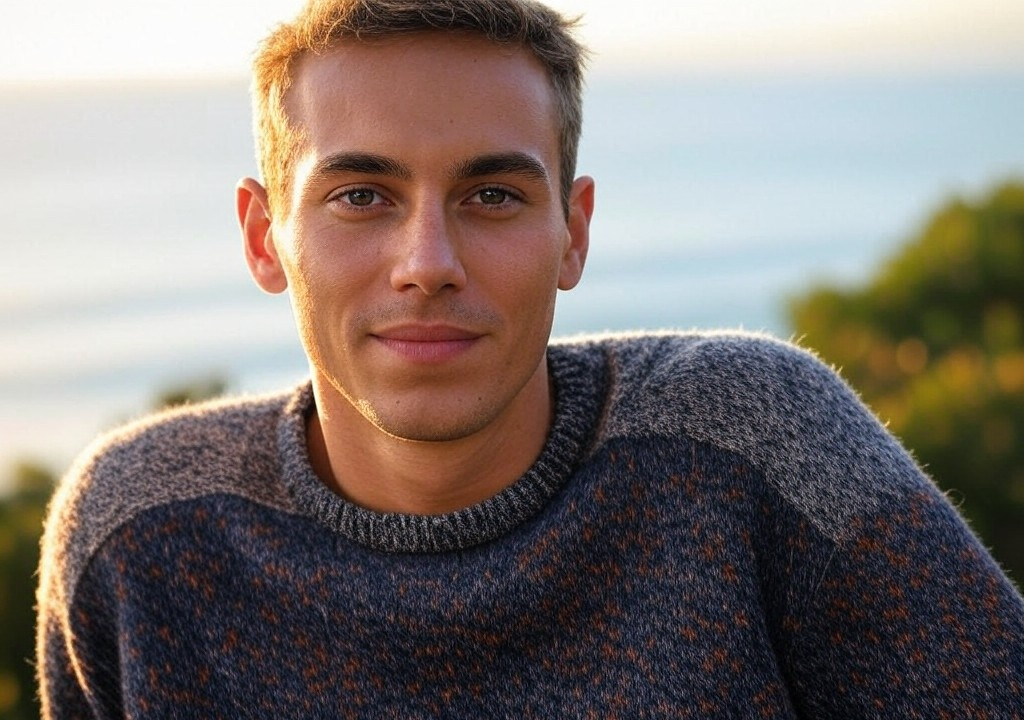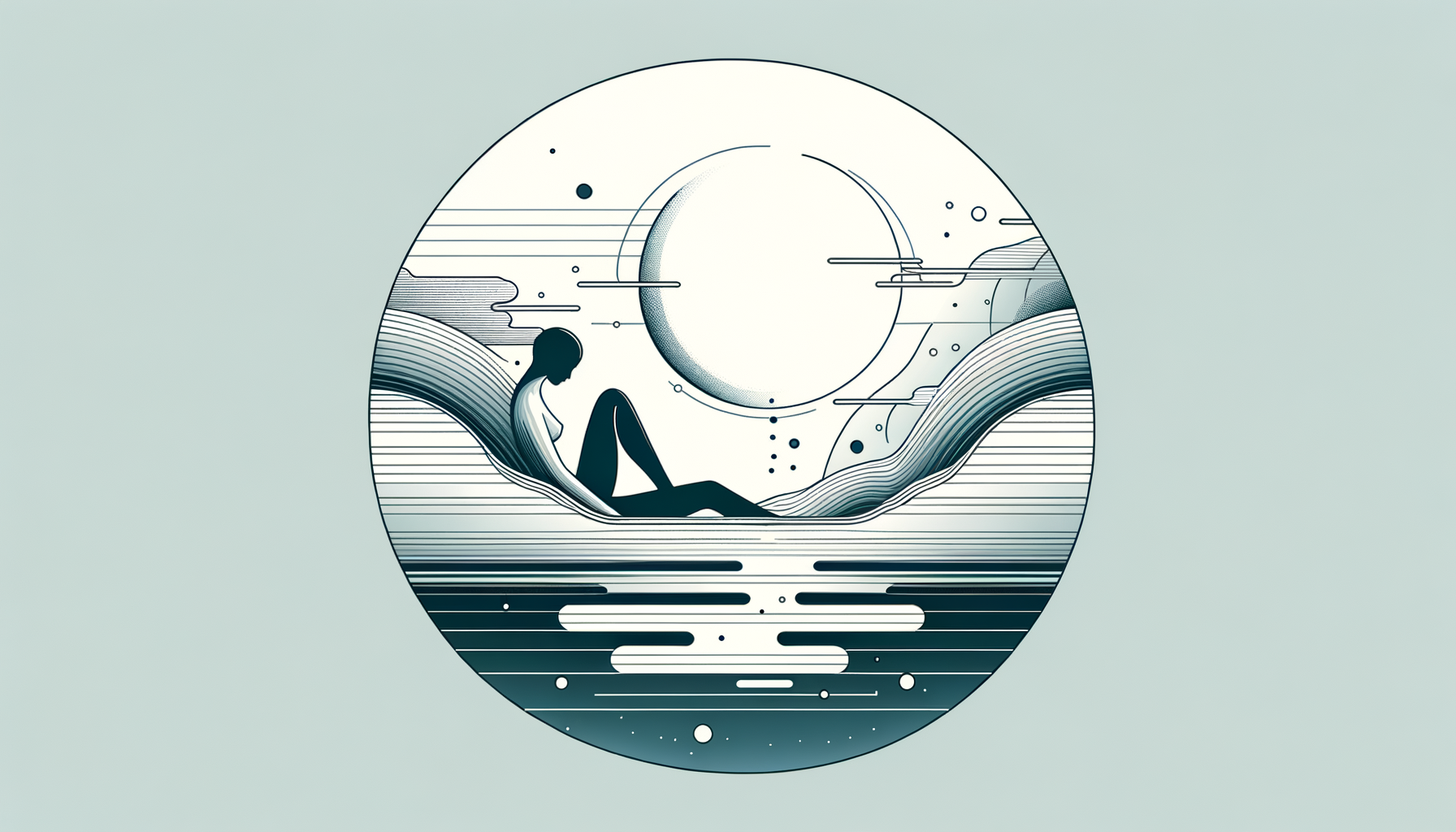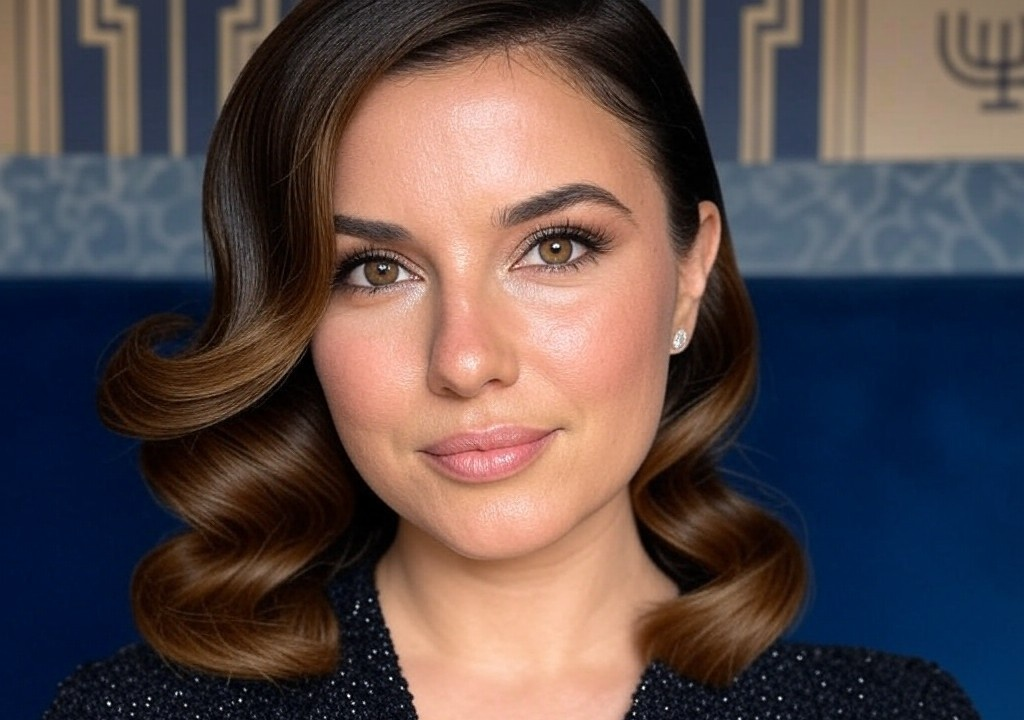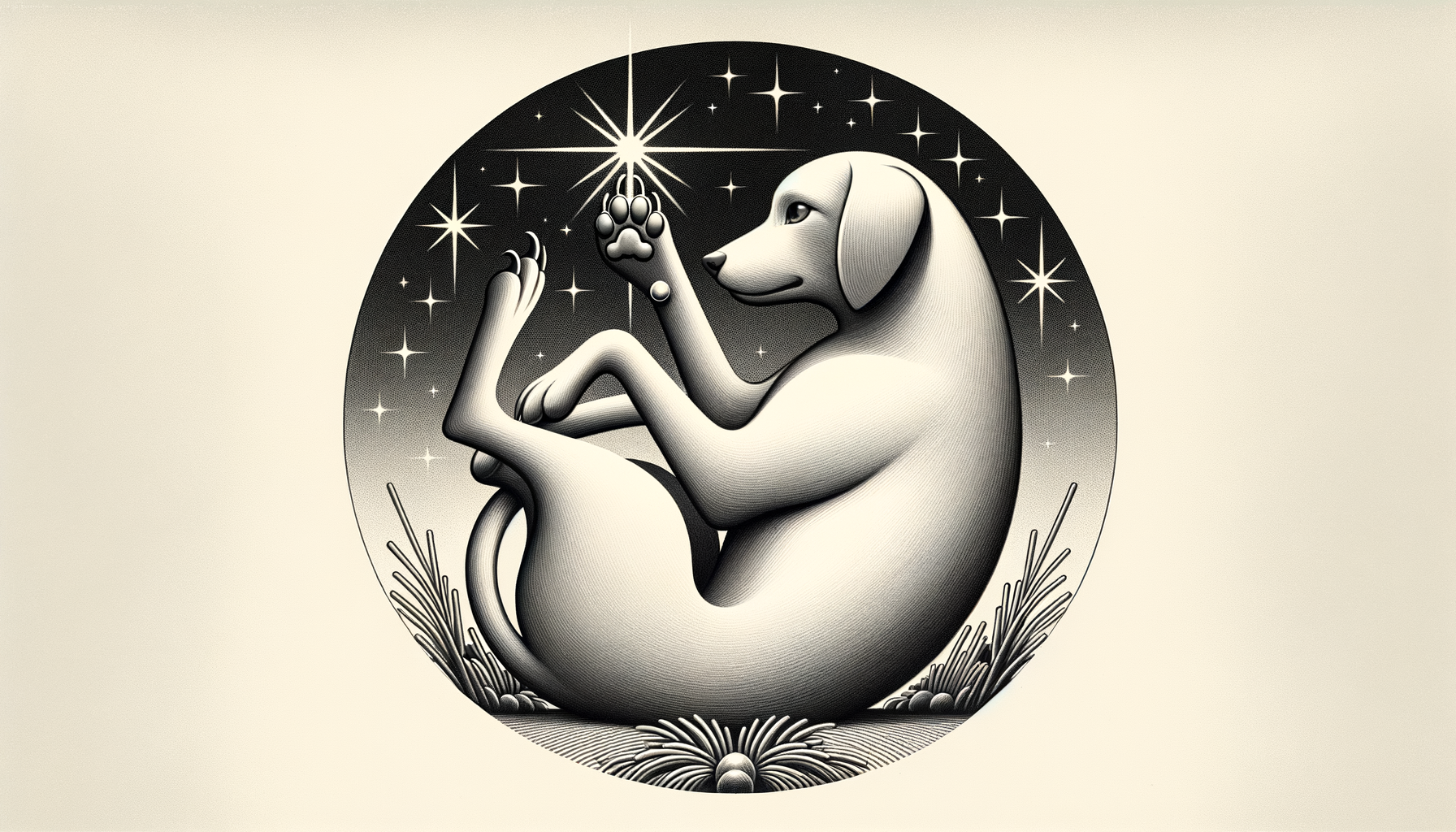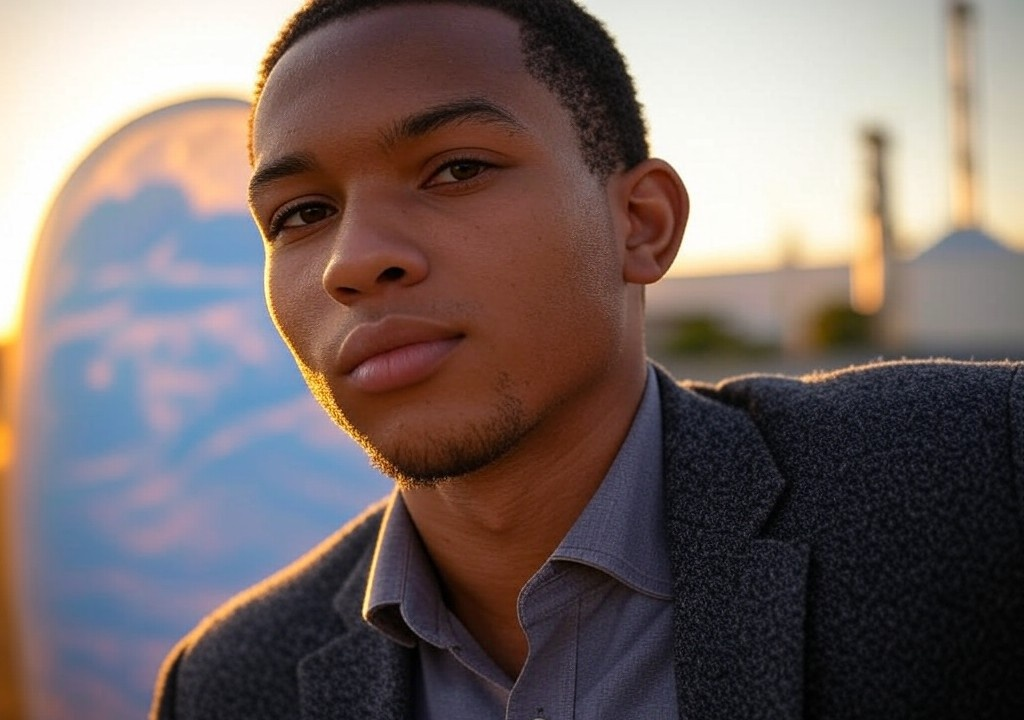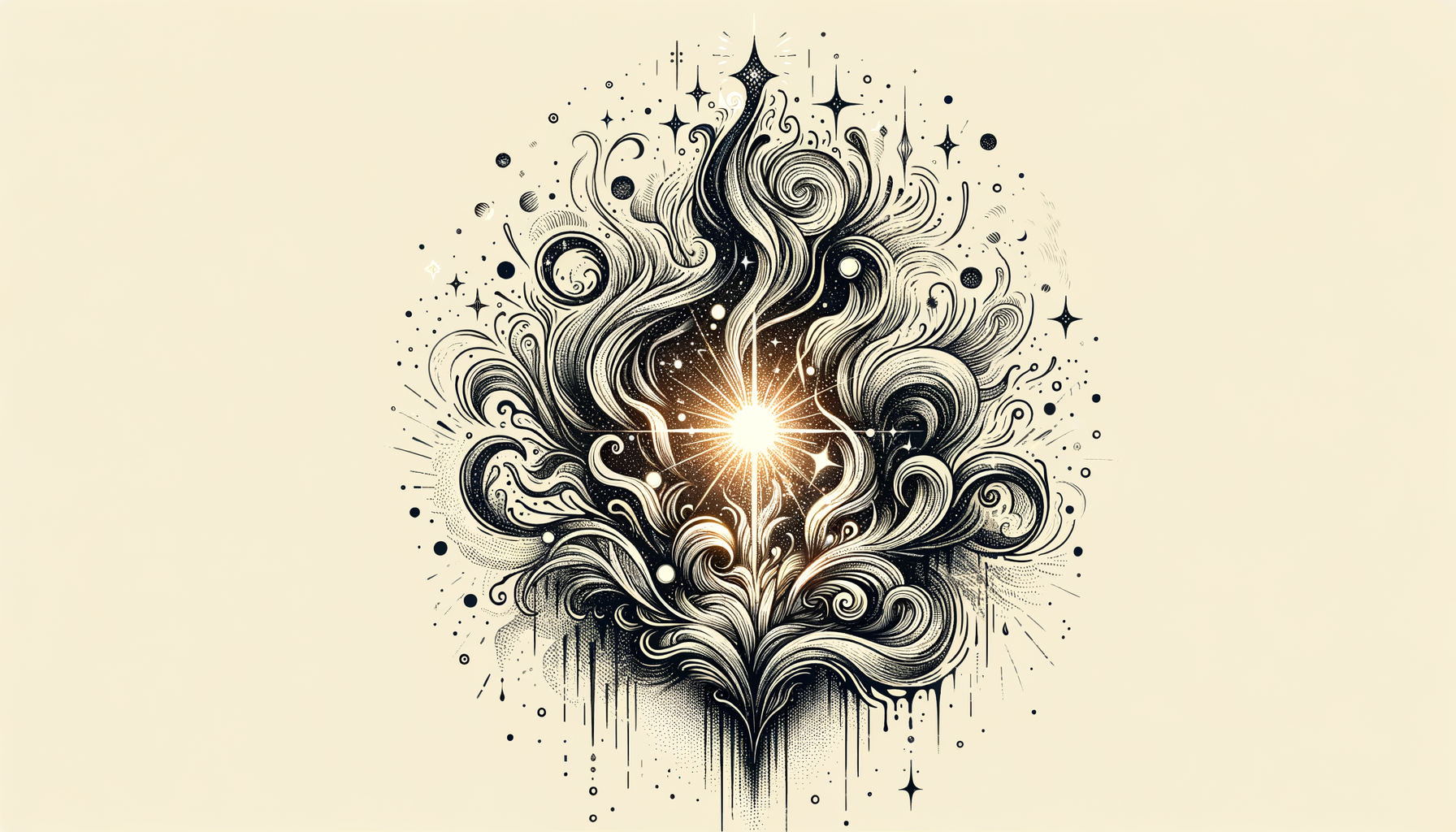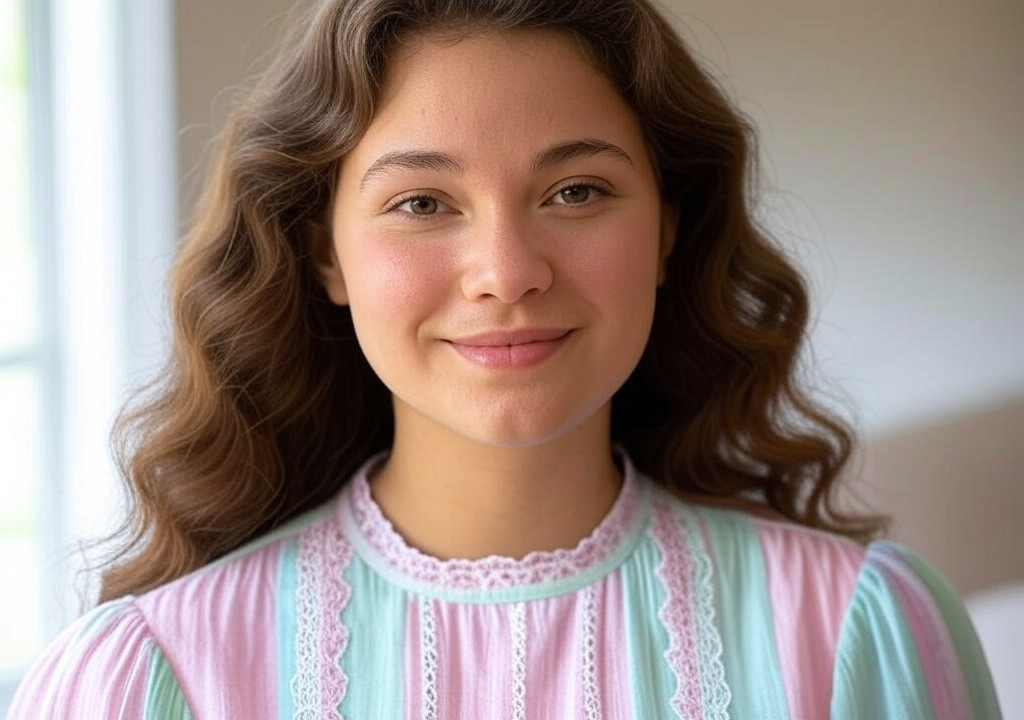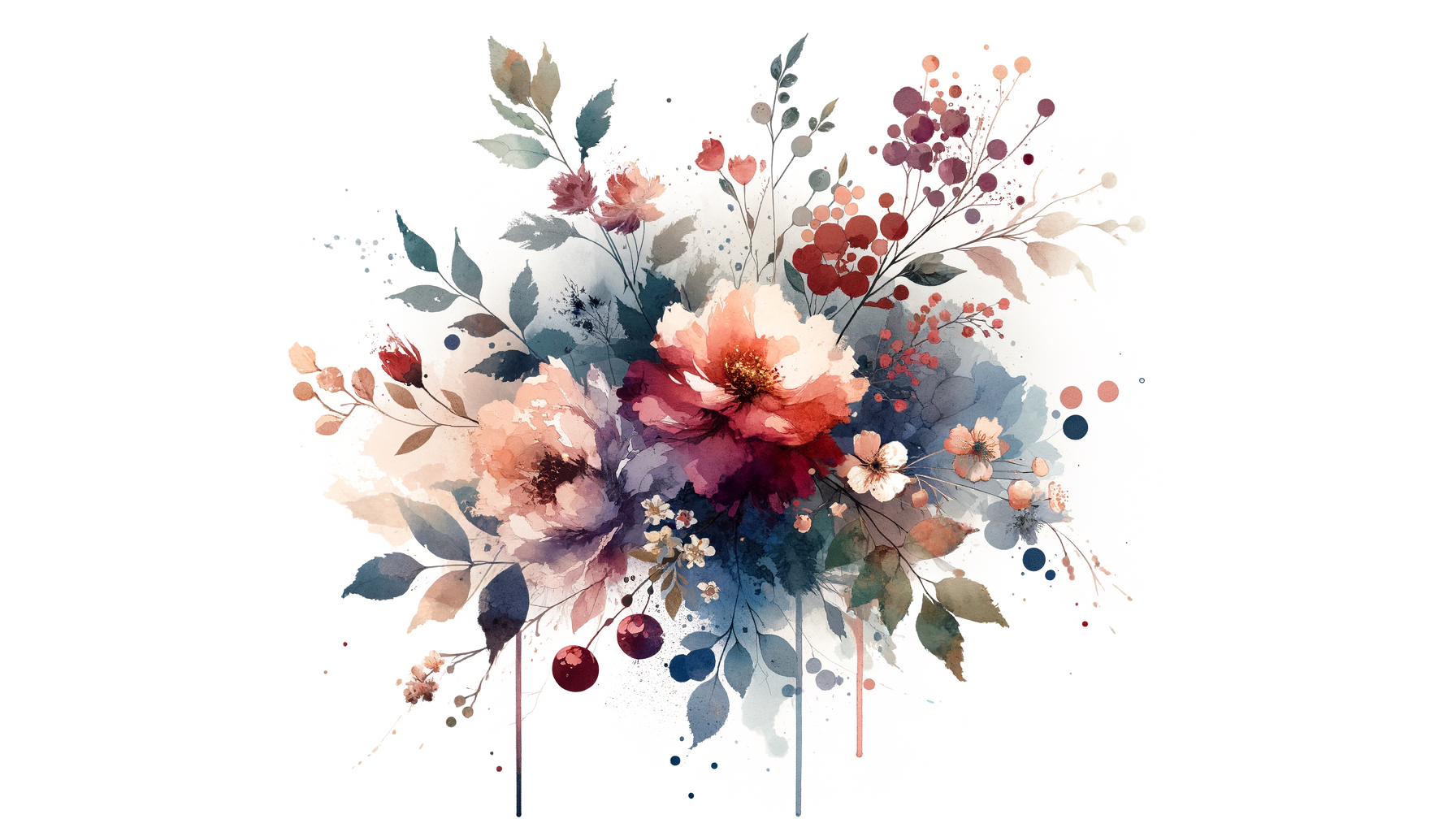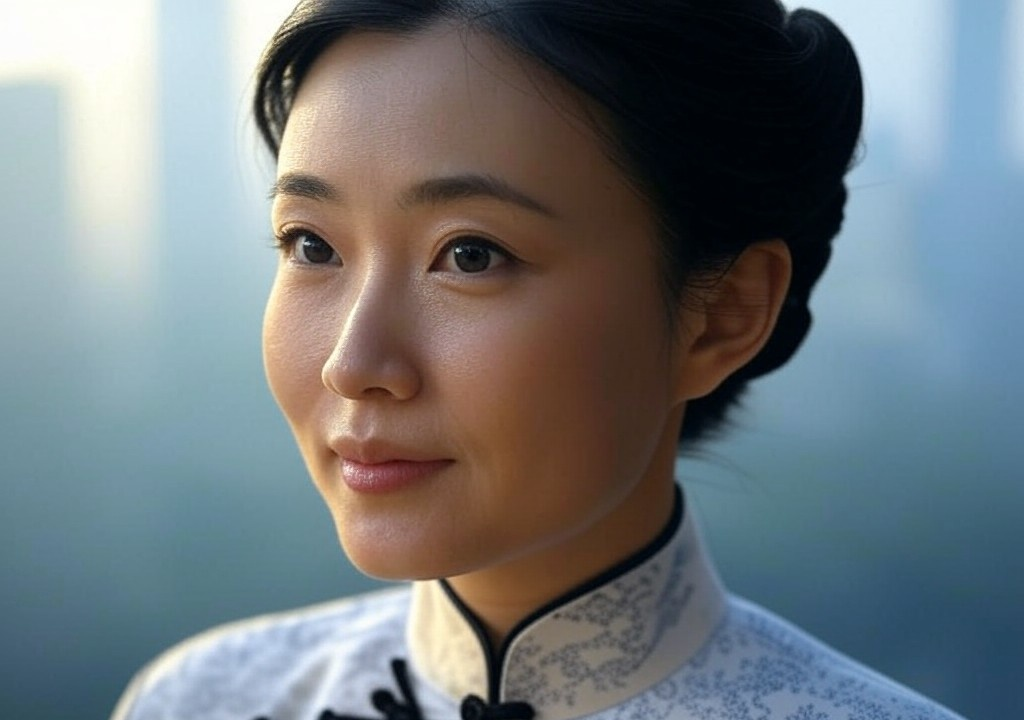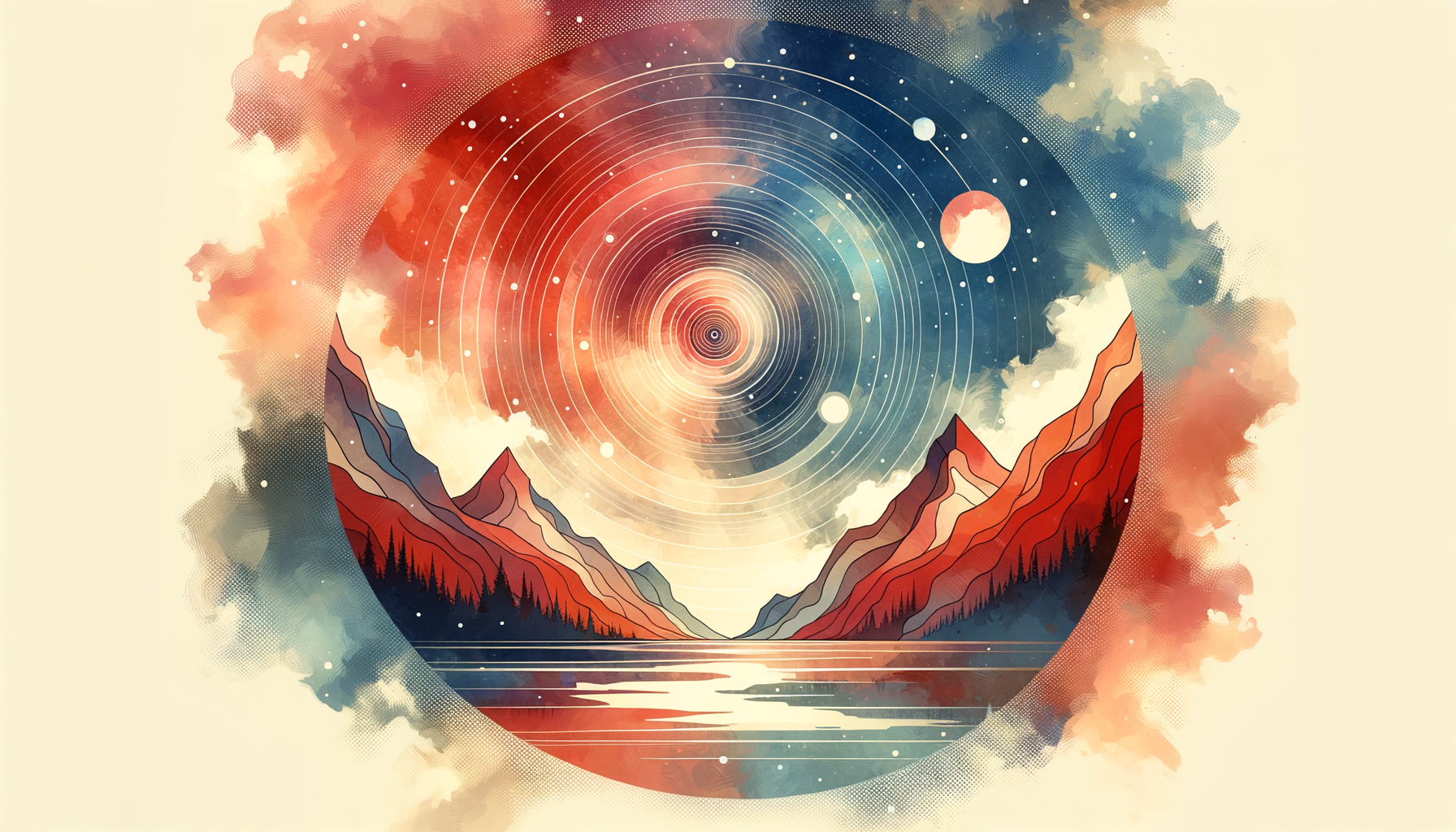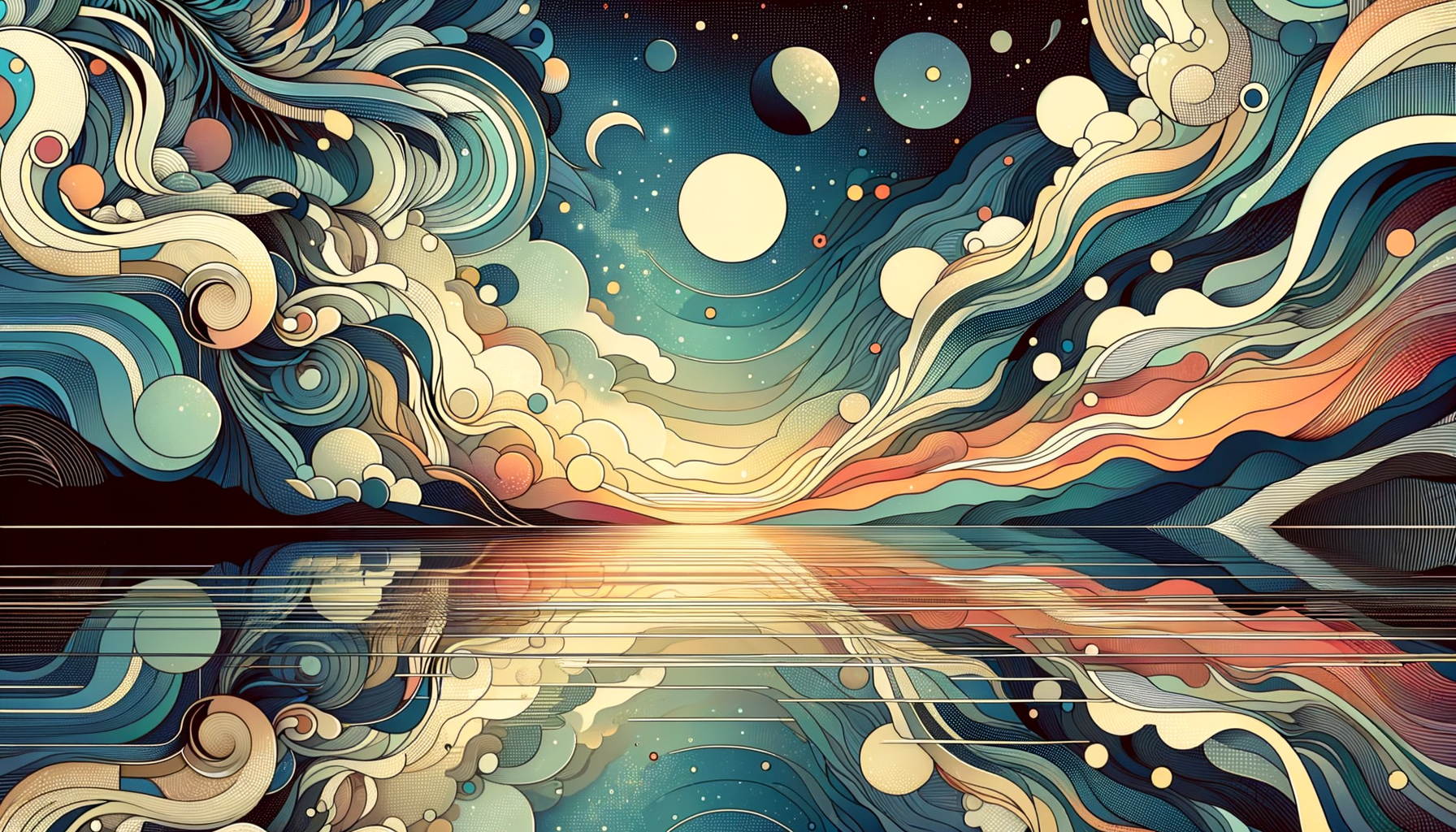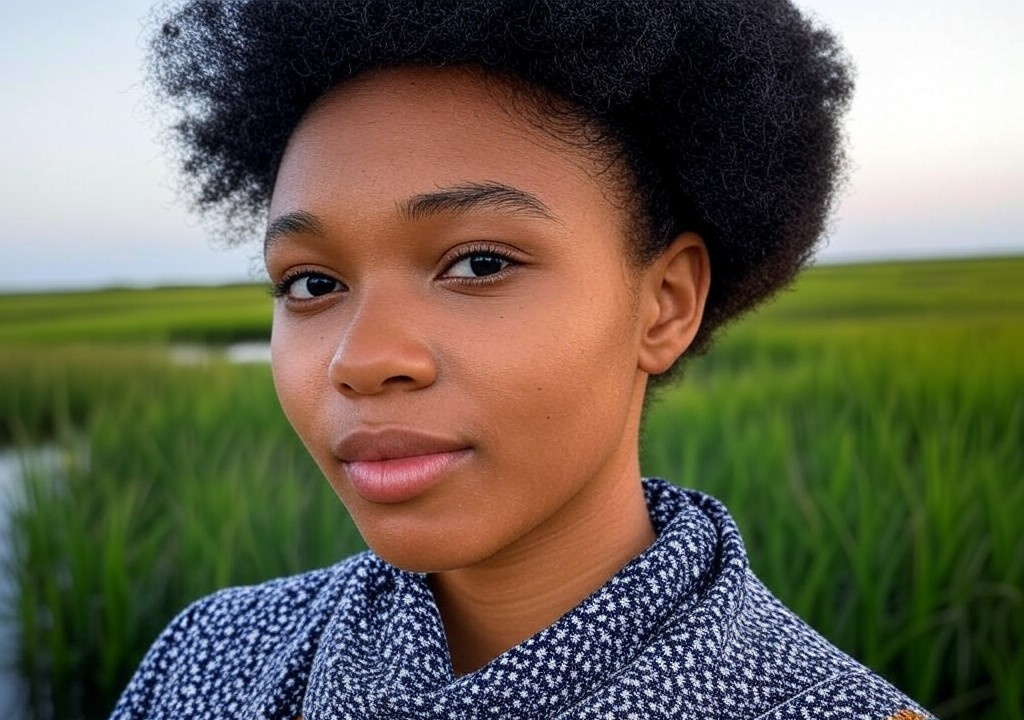I didn’t fall in love with my passion right away. In fact, it was more of a slow burn than a lightning strike—you know, like that rom-com where the protagonist doesn’t realize their best friend has been “the one” all along. For me, my passion wasn’t a person, but a profound, somewhat unsexy idea: harnessing creativity to make a difference. And let me tell you, that relationship has been more fulfilling than any Netflix-inspired meet-cute could ever promise.
But like any epic love story, this journey had its awkward first dates, plot twists, and moments of doubt. My love for community building and creativity didn’t appear overnight. It unfolded, layer by layer, until one day, I realized I was all in. And spoiler: I still am.
Let me share how it all happened—and why I think we all have the potential to fall head-over-heels for our passions, too.
Childhood Crushes: Planting the Seeds
When I was eight, my crushes weren’t on boys—they were on ideas. Growing up in East Austin during the late ’90s, my parents made the dinner table a place of constant debate and discovery. We’d discuss everything from the need for better playground equipment in underserved neighborhoods to the importance of using your voice for change. My dad, a civil rights attorney, had this way of turning basic conversations into fiery Ted Talks before Ted Talks were even a thing. Meanwhile, my mom—a teacher—introduced me to the magic of hands-on learning with projects like turning our backyard into a mini vegetable farm to teach me about food justice.
I didn’t know it then, but those early conversations planted seeds. Seeds that said, “Hey, Harper, you actually can change the world, and maybe you’ll do it in quirky, creative ways.” At the time, I figured I’d grow up to be something cool like a muralist-slash-lawyer (I was very into dual identities, thanks to my obsession with Batman). Little did I know, this spark wasn’t about an occupation. It was about believing in the power of creativity to leave the world a little better than I found it.
The Awkward Middle School Phase: Doubt, Detours, and (Mild) Rebellion
Like most good origin stories, mine includes an awkward phase where I ignored my passion entirely. Middle school Harper was laser-focused on fitting in, mastering the art of butterfly clips, and figuring out why the popular girls thought Abercrombie & Fitch was worth their allowance. I shelved my budding activist tendencies in favor of experimenting with “what’s normal.” Spoiler alert: 12-year-old me was terrible at “what’s normal.”
There was this one moment in seventh grade that sticks out. It was Spirit Week, and the theme was “twin day.” I convinced my best friend Rachel to skip the glittery tops and dress as Frida Kahlo with me. While she bailed last minute (and went as Hilary Duff instead), I showed up with my unibrow-on-point, ready to turn every conversation back to shared humanity and art. Suffice it to say, it did not go over well in the cafeteria. I think a Dorito even got thrown my way.
At the time, I felt like such an oddball for not caring more about lip gloss and less about activism. But looking back, I see those moments as my younger self trying to figure out who I really was—and where I really belonged.
College: The Honeymoon Phase
Everything changed in college, where I fell harder for this “creativity + community” thing than Katniss fell for her bow and arrows. At the University of Texas, I declared American Studies as my major because, honestly, it felt big enough to contain all the intersections I cared about: art, culture, and equality. I studied how people expressed resistance through painted signs, protest chants, and spoken word poetry.
But it wasn’t just theory that lit my fire. It was action.
One summer, I interned with a grassroots advocacy group to organize a festival benefiting an underfunded local library. Somehow, I was tasked with rallying the community to donate books for an onsite swap. Standing in the blazing Texas heat with my clipboard, the skepticism was real. “Why would people care?” I kept asking myself. To my surprise, they did—a lot. By the end of the event, we’d collected over 800 books, and kids were poring over their new treasures like they’d just stumbled into Hogwarts.
Something clicked that day. It wasn’t just about raising awareness or inspiring fleeting good vibes. It was about building lasting connections and giving people tools to create change themselves. Here was my big “aha” moment: passion isn’t about what you produce—it’s about how you make people feel. And let me tell you, seeing those kids light up was as addictive as any rom-com ending.
Real Life: Hard Work and Staying Committed
Real-life passion is a lot like real-life relationships—it takes effort. If college was the honeymoon phase, then my 20s were the "long-term partnership" stage, where things get a bit less shiny but a lot more meaningful. After earning my Master’s degree in Nonprofit Management, I joined a local arts education nonprofit. My job is to bring creative resources to communities that are (way too often) overlooked. To say it’s rewarding feels like an understatement, but it’s not glamorous work. I’ve had moments where I questioned whether I was “dreaming big enough” or should’ve chosen a flashier, more prestigious path.
But at the end of the day, those doubts never last. Whenever I see students light up while finishing their first mural—or hear from parents who say we’ve made their neighborhood feel alive again—I know this is where I’m meant to be. Passion isn’t about how shiny it is; it’s about how deeply it connects with your values.
How to Fall in Love with Your Passion
If you’re still searching for your own “forever passion,” here’s the good news: it doesn’t have to arrive fully formed. In fact, more often than not, it probably won’t. It’s less of a grand, soul-deep revelation and more like tracking your breadcrumbs until you see where they lead. Here’s what my path has taught me:
-
Notice your spark moments. Think back to times when you felt most alive. Reading to kids at the library? Traveling to learn about a new culture? Those sparks aren’t random—they’re tiny leads to follow.
-
Forget “the one.” (When it comes to passion, anyway.) You don’t have to focus on finding a single, life-defining calling. Sometimes, it’s about blending multiple loves—art, education, advocacy, etc.—until they feel whole.
-
Lean into doubt. Second-guessing yourself is part of the process. Commitment doesn’t require certainty 24/7, but it does require showing up, even when you’re unsure.
-
Do it for others, not validation. Passion turns into purpose when it’s not about applause but impact. If you can connect what excites you to helping others—well, there’s no better kind of love than that.
Conclusion: Choose What Fills You Up
If someone had told 7th-grade Frida Kahlo-me or wide-eyed college-me that I’d one day be running community art programs for a living, I’m not sure I would’ve believed it. But passion doesn’t look like a neatly wrapped gift with a bow on top. It’s more like a relationship—evolving, deepening, and sometimes challenging.
So, for anyone out there wondering whether your passion is out there waiting for you: I promise, it is. It may not sweep you off your feet instantly, but that doesn’t make it any less worthwhile. Show up for it. Nurture it. And when it finally clicks—in that quiet, unmistakable way—don’t be afraid to lean all the way in.
Because, trust me: when you do what fills you up, your love for it will never run dry.

